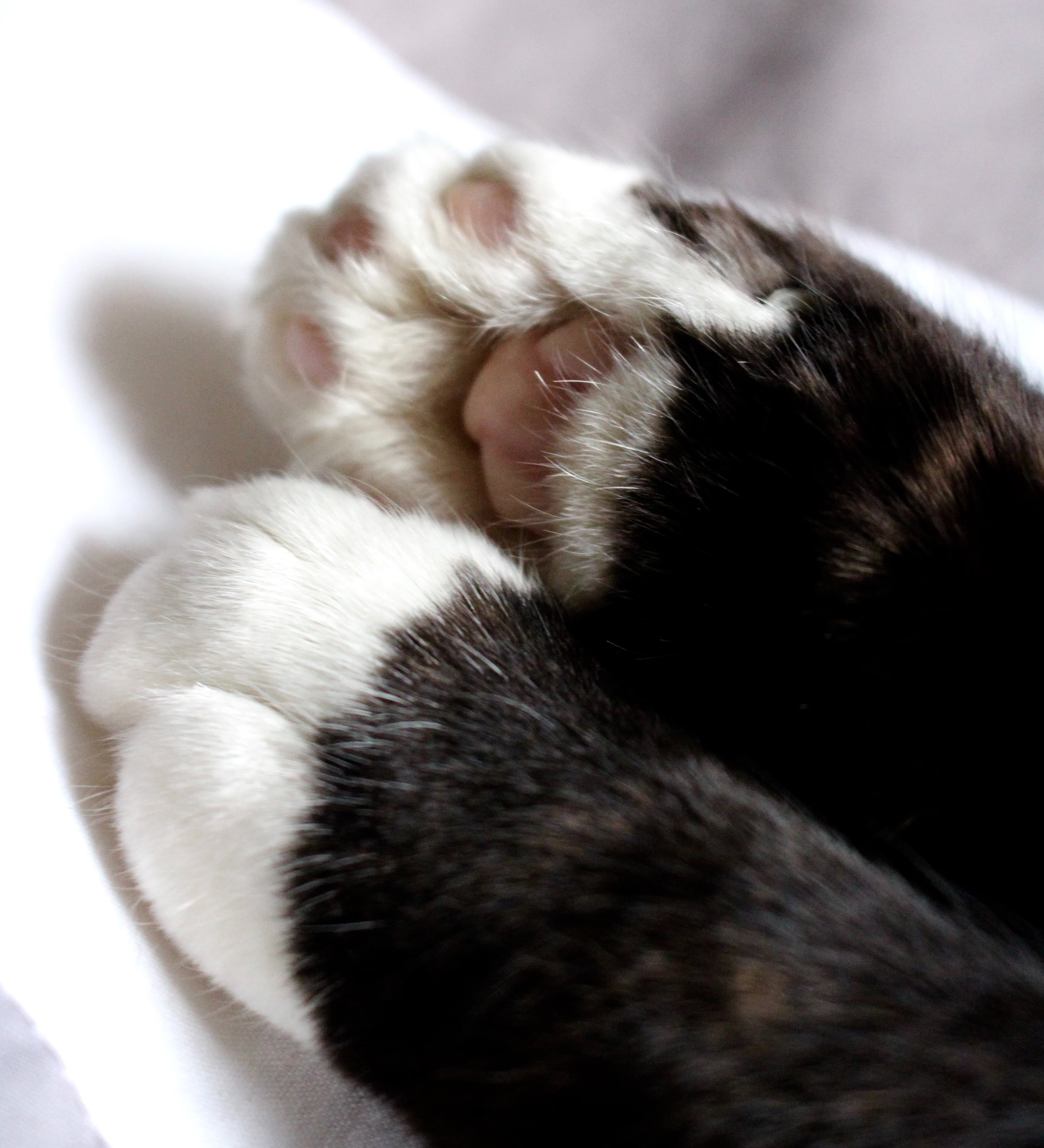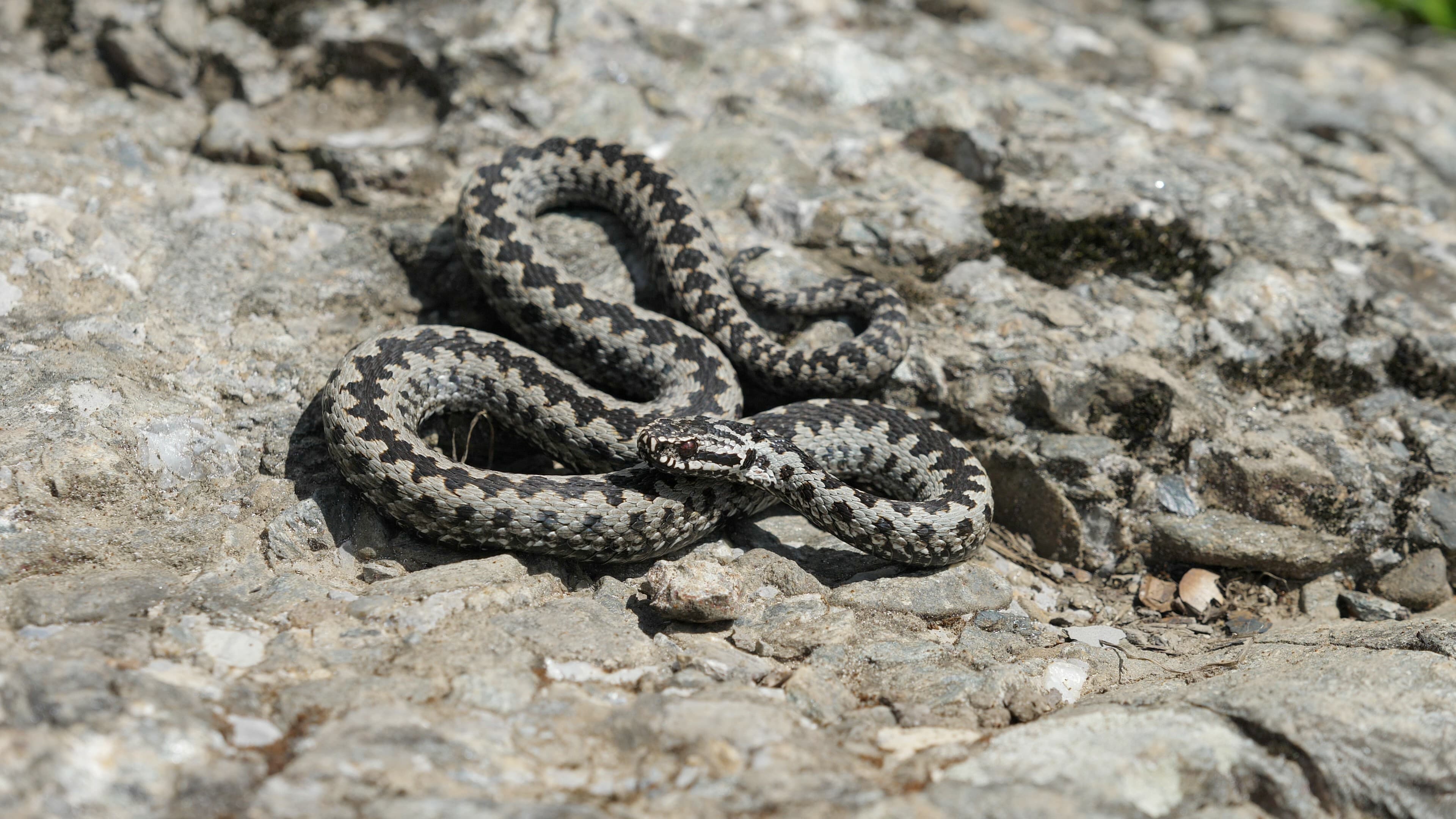Corneal columns - symptoms and treatment
Corneal pillars are more common than you might think among cats, so it's important to learn more about the symptoms and what it means if your cat is affected.
What is a corneal pillar?
Horny columns are relatively common in cats and are the result of an overproduction of keratin. The overproduction of keratin forms formations that resemble horns. Usually, horny columns appear on the cat's paws, although horns can also appear on the face or other parts of the body. The growths may appear singly or in groups on several pads. Often horns are found on the paws of cats when the claws are clipped and something resembling another claw is seen on the paw pad.
What causes horny columns?
Corn piles are the result of the cat's production of keratin going into hyperdrive. Keratin is needed for the cat's hair and nails to grow, but if the body produces too much of this protein, it can cause hornpins.
Do corneas hurt your cat?
In most cases, corneas do not hurt the cat. However, should a horn form on a weight-bearing part of the paw, the cat may experience discomfort and mobility problems. In addition, the constant clicking sound when the horn comes into contact with the floor is also annoying for the cat. It is not possible to determine the exact cause behind the development of corneal columns, but these keratomas are not particularly worrying and in most cases are harmless to the cat. However, it is important to observe if your cat licks its paws a lot or shows other symptoms of pain. If you suspect pain in your cat, it is important to contact a veterinarian for an examination.
Can I clip my cat's corneal pillars?
Yes, it is possible to clip your cat's corneal pillars. However, this can lead to infection, bleeding and discomfort for the cat. It may also mean that you accidentally remove healthy tissue. It is also important to ensure and confirm that what you are seeing is indeed a corneal pillar and not another skin disease or tumour. To avoid more serious conditions, a visit to the vet is recommended. Your vet can examine and advise you on the appropriate treatment.






